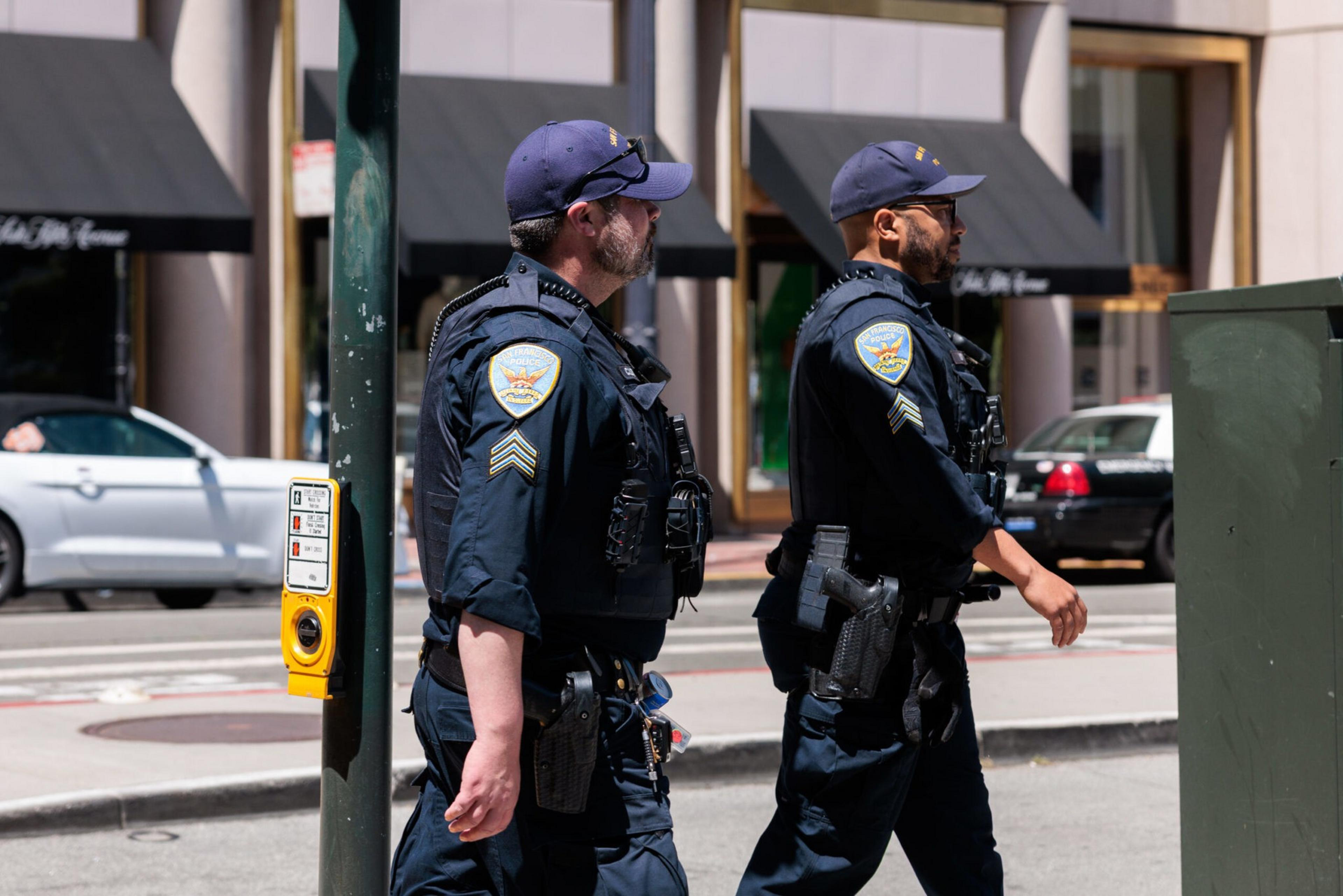San Francisco City Hall’s open job rate has more than doubled since the pandemic. It takes the city eight months on average to hire someone.
San Francisco is short more than 4,000 workers to run its Muni transit system, 911 call center, police department, hospitals and other critical agencies. But the city is taking an average of 255 days to fill each job, according to a San Francisco Civil Grand Jury report released Wednesday.
The report says the effects of understaffed critical city services are everywhere:
● Answering time at the 911 call center has increased and police response time has slowed, jeopardizing San Franciscans’ safety.
● Hospital capacity consistently exceeds staffing limits, resulting in diverted ambulances and reduced levels of care.
● Muni is running fewer buses, increasing passenger wait times.
“Critical city services are suffering,” said Karen Kennard, jury foreperson. “The city’s highest priority should be to fill vacant positions in departments such as Zuckerberg San Francisco General Hospital and the San Francisco Police Department.”
A San Francisco Municipal Transportation Agency spokesperson said the mention of increased passenger wait times is outdated and references an the Omicron Covid outbreak in February 2022.
“We do still have a lot of vacant positions, but they’re not causing Muni delays,” said SFMTA spokesperson Stephen Chun. “In fact, our service is faster and more reliable than it has been in decades.”

Before the pandemic in 2019, the city listed 2,230 vacant jobs out of a total 32,855 budgeted jobs—a vacancy rate of 6.8%. By 2023, the vacant jobs rate has more than doubled to 13.7% with 4,793 vacancies out of 35,088 budgeted positions.
Drawing on a Mission Local article (opens in new tab), the grand jury said it was stirred by media reports to investigate the city’s slow turnaround at filling positions in an average time of 255 days—three times as long as it takes neighboring San Mateo County to fill a government job vacancy. The jury recommends a new hiring timelines goal of 60 days to make a conditional offer of employment.
The Mayor’s Office takes an average of 22 days to fill a position due to a review process. The jury recommends the mayor work to reduce this to five business days.
“Applicants cannot wait months to be hired,” the report said. “They often accept other positions before they can receive an offer from the city.”
“Current hiring initiatives aren’t doing enough to fill critical vacant jobs,” Kennard said. “Further action must be taken to address the root causes of this crisis.”
The jury found the following reasons that the number of vacant jobs is increasing:
1. The city takes too long to hire.
2. City recruiting and retention is difficult.
3. Demand for critical city services outpaces city hiring.

The Mayor’s Office said it has already taken steps to slash hiring times by 40% in a new plan approved by the Civil Service Commission in January (opens in new tab).
The San Francisco Police Department and Department of Emergency Management did not respond to requests for comment by publication time.
Relying on Overtime
The city has handled more vacancies by increasing overtime spending and hiring temporary workers.
The report notes San Francisco’s general hospital, run by the Department of Public Health, relied heavily on this tactic during the height of the pandemic. The police department was also recently granted a $25 million overtime allowance after a heated debate at the Board of Supervisors (which you can watch here).
The health department doubled its use of temporary workers after the pandemic. One way departments pay for these temporary roles is by budgeting for permanent positions that will not be filled, the report said. Known as “use it or lose it budgeting,” departments keep vacant positions in their budgets—and spend allocated funds on temporary workers instead.
The reports add that since the start of the pandemic, the health department has added nearly 800 new permanent positions. But has more than 1,000 vacancies to fill.
The health department says it has implemented many changes to the hiring process since the pandemic and is currently working to fill 1,500 positions through several measures, including hiring permanent staff to decrease the number of temporary employees.
What Is the Civil Grand Jury?
The Superior Court selects 19 San Franciscans to serve yearlong terms as civil grand jurors. The jury has the authority to investigate city and county government by reviewing documents and interviewing public officials and private individuals.
At the end of its inquiries, the jury issues reports (opens in new tab) of its findings and recommendations. Agencies identified in the report must respond to these findings and recommendations within either 60 or 90 days, and the Board of Supervisors conducts a public hearing on each civil grand jury report after those responses are submitted.
Another recent grand jury investigation found that almost a quarter of teachers in San Francisco public schools during the 2020-21 school year were not fully credentialed and deemed 10% of teacher assignments “ineffective,” as the San Francisco Unified School District’s teacher shortage continues.
